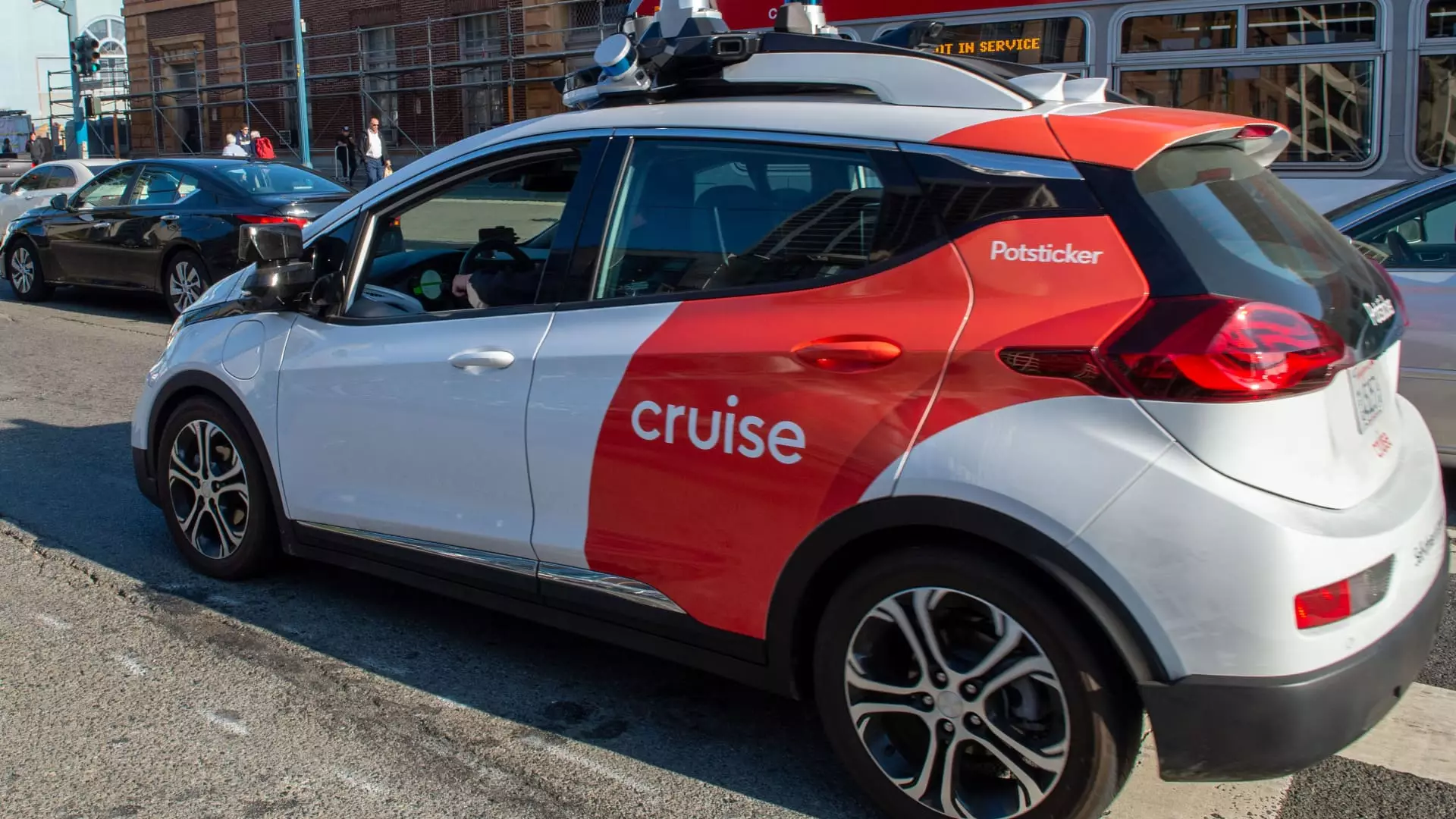The journey of autonomous vehicle technology has often been fraught with both excitement and trepidation. While many companies have heralded the potential efficiency and convenience of self-driving cars, General Motors’ subsidiary, Cruise, has recently faced severe setbacks that underscore the challenges facing the industry. Following an estimated $10 billion investment since its inception, the decision to lay off approximately half of Cruise’s workforce signifies a major shift in strategy and raises questions about the future viability of robotaxi services.
Massive Layoffs Amidst Strategic Changes
In a significant turn of events, Cruise announced it would be parting ways with about 50% of its workforce, a move that caught many employees off guard despite whispers of impending changes. Cruise, which boasted a robust staff of nearly 2,300 people at its zenith, is now embarking on a new trajectory that abandons the robotaxi concept. Craig Glidden, the president of Cruise, noted in an internal communication that this decision stems from a “change in strategy” initially revealed in December.
The decision to transition away from a ride-hailing model to focusing on supplying autonomous vehicles to customers along with General Motors marks a critical pivot. This change not only reflects the evolving needs of the company but also signifies the ongoing struggle to find a sustainable business model within the autonomous vehicle sector. The mass layoffs serve as a stark reminder that despite technological achievements, financial viability hinges on a coherent strategic vision.
The layoffs also highlight deeper issues within Cruise’s organizational structure and culture. Recent reports have suggested that the company is grappling with leadership failures and systemic shortcomings that have hindered its operational effectiveness. Following the aftermath of an accident involving one of its robotaxis in October 2023—where a pedestrian was severely injured—regulatory scrutinies increased significantly, leading to findings of misconduct. A third-party investigation later revealed that issues such as ineptitude, poor leadership, and a problematic workplace culture contributed to Cruise’s troubled standing.
This turmoil at the managerial level culminated in the departure of several high-profile executives, including the CEO, Marc Whitten. Such instability at the top raises alarm bells about the ability of Cruise to not only pivot its business model but also restore confidence among regulators, investors, and an increasingly skeptical public. Without addressing these internal challenges, it becomes difficult for Cruise—or any players in the autonomous vehicle space—to reclaim their position as frontrunners in a rapidly evolving market.
With approximately 88% of the remaining workforce being engineers or related roles, the outlook appears heavy on technical expertise but light in strategic guidance. A key takeaway from this scenario is that technological advancements are not sufficient on their own to ensure commercial success. The focus on “personal autonomous vehicles” instead of robotaxis signifies that GM is attempting to recalibrate its ambition to meet the practical realities of consumer acceptance and regulatory approval.
The concept of autonomous vehicles holds tremendous promise; however, Cruise’s latest developments serve as a potent reminder that the race to revolutionize transportation is laden with pitfalls. Companies must approach innovation with not just technological prowess but also a robust business strategy and transparent ethical practices. For Cruise, the sunny days of optimism have been clouded by operational and strategic miscalculations that could impact the company’s future and, potentially, the broader landscape of autonomous driving.
As Cruise navigates this tumultuous period, it serves as a case study for the broader automotive and tech industries. The company’s recent layoff announcement not only highlights the fragility inherent in ambitious technological undertakings but also underscores the importance of adaptability in strategy, leadership integrity, and corporate culture. The road ahead for autonomous vehicles remains uncertain, yet it is evident that aligning innovative capabilities with solid governance and strategic foresight is crucial for the long-term viability of any player aspiring to succeed in this challenging landscape.

